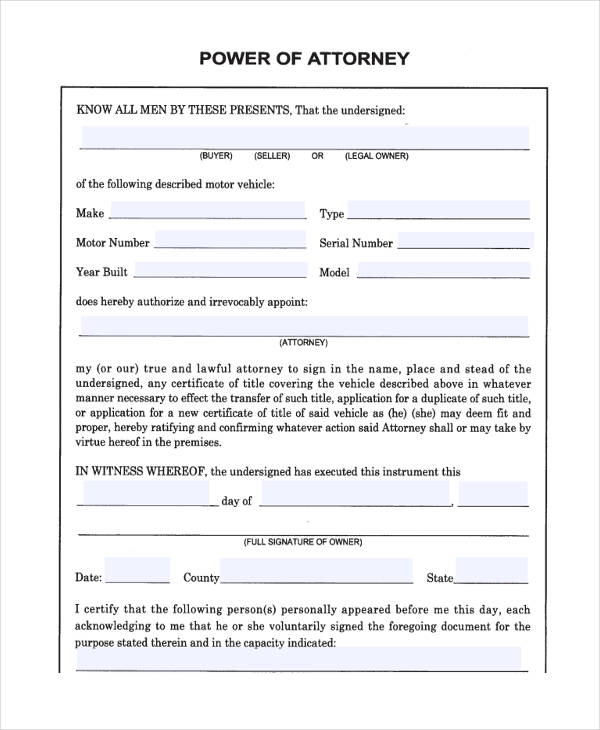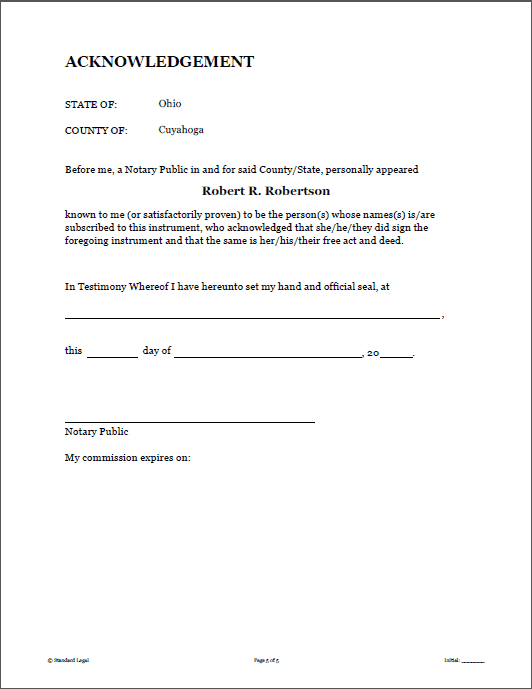5 Steps to Secure POA Paperwork Easily

Managing Power of Attorney (POA) paperwork can be a daunting task, but securing it doesn't have to be complex. Whether you're dealing with financial, medical, or general POA, taking the right steps ensures your documents remain safe and effective. Here are five steps to help you secure your POA paperwork easily:
1. Understand Your Documents

Before securing anything, you need to understand what you’re securing:
- Types of POA: Determine if it’s a financial, medical, durable, springing, or general POA.
- Requirements: Know the legal requirements for the POA to be valid in your jurisdiction.
- Potential Risks: Understand how improper handling could compromise the document’s legitimacy or the agent’s authority.
👉 Note: Not all POA documents require notarization, but check local laws to ensure compliance.
2. Choose Secure Storage Options

After understanding your POA, decide how to store it:
- Fireproof Safe: Keep physical copies in a fireproof safe for protection against disasters.
- Digital Copies: Create encrypted digital copies on a secure cloud service or external hard drive. Use password protection.
- Professional Services: Consider hiring a trust or escrow company for document storage.
| Storage Type | Advantages | Considerations |
|---|---|---|
| Fireproof Safe | Protects from physical damage | Requires a physical location |
| Cloud Storage | Accessible from anywhere | Security depends on service provider and password strength |
| Professional Storage | High security, often with additional services | Costly and less accessible for daily use |

3. Implement Access Controls

Access control is critical:
- Passcodes: Use strong passcodes on safes and digital files.
- Physical Keys: Keep keys to physical storage locations secure, perhaps with a trusted third party.
- Encryption: Ensure all digital copies are encrypted, and limit access to only necessary parties.
4. Regularly Review and Update

POA documents are not set-and-forget:
- Annual Review: Ensure that the POA still reflects your wishes and complies with current laws.
- Legal Changes: Update if there have been changes in legislation or your personal circumstances.
- Recipients: Inform all involved parties of any changes to avoid confusion or disputes.
🚨 Note: Ensure that all changes to POA documents are signed, witnessed, and potentially notarized as per legal requirements.
5. Educate and Inform Trusted Individuals

POA is often as strong as the understanding and trust between the parties involved:
- Family Members: Inform them about the POA’s existence and its purpose.
- Agents: Provide detailed instructions and conditions under which the POA can be activated.
- Legal Advisors: Keep them in the loop for legal advice or document updates.
By following these five steps, you can secure your Power of Attorney paperwork with ease, ensuring that your wishes are legally protected and clearly communicated. Protecting these documents is not just about physical or digital security but also about clear communication and regular updates to reflect changes in law or personal circumstances. Remember, the effectiveness of a POA relies on its integrity and the trust placed in the individuals involved, making these steps not just about securing paperwork, but securing your peace of mind as well.
What happens if the original POA document is lost or destroyed?

+
If the original POA is lost or destroyed, you might need to draft a new document or retrieve a notarized copy from a trusted source or your lawyer. Always keep backups!
Can POA be granted for only certain decisions or activities?

+
Yes, you can specify limited or specific powers within a POA document. This is common for financial transactions or medical decisions, allowing you to tailor the authority granted to the agent.
How do I revoke a POA?

+
Revoking a POA generally requires you to create a written revocation document, ideally notarized or witnessed, and inform all parties involved, including financial institutions or healthcare providers.



